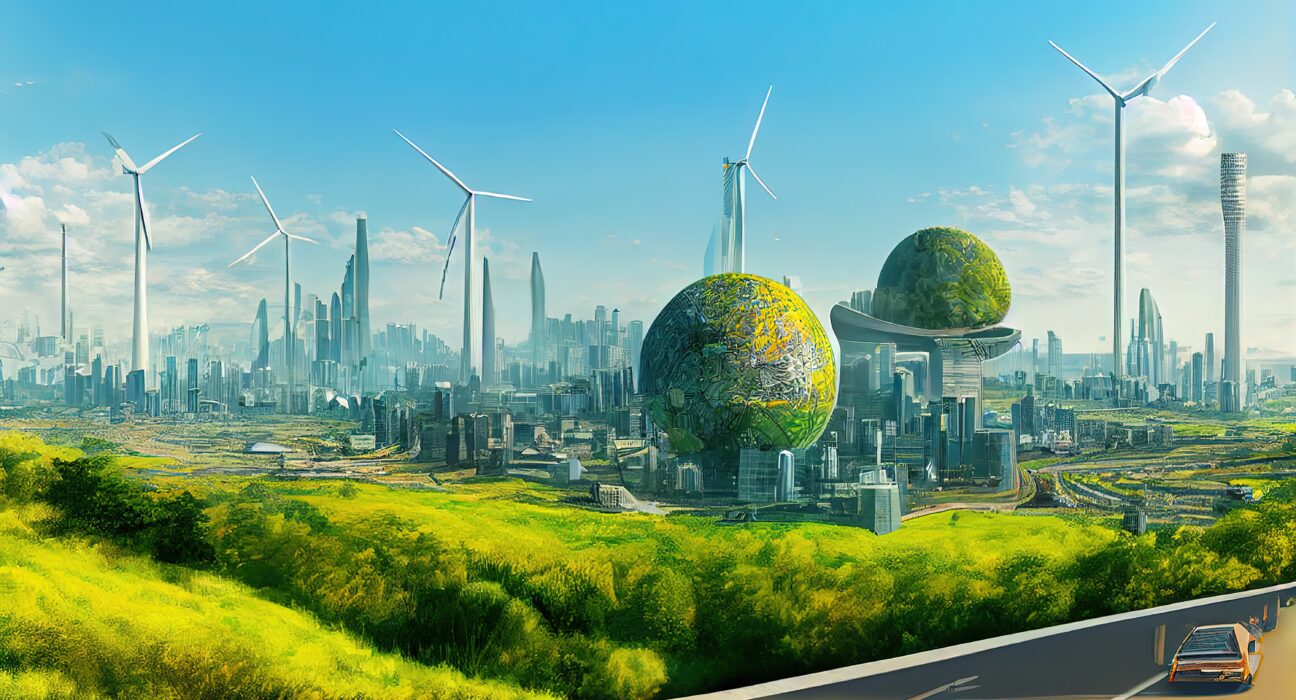In the face of increasing environmental challenges, the construction industry is embracing the concept of green building. Green building, also known as sustainable or eco-friendly building, focuses on creating structures that are energy-efficient, environmentally responsible, and provide a healthier living environment. In this blog, we will explore the principles of green building, its benefits, and its role in shaping a sustainable future.
Green building encompasses a holistic approach that considers the entire life cycle of a building, from design and construction to operation and maintenance. The fundamental principles of green building include energy efficiency, water conservation, use of sustainable materials, indoor environmental quality, and waste reduction. By integrating these principles, green buildings aim to minimize environmental impact while maximizing resource efficiency.
Energy efficiency is a core aspect of green building. By incorporating energy-efficient technologies, such as high-performance insulation, efficient HVAC systems, and energy-saving lighting, green buildings reduce energy consumption and lower greenhouse gas emissions. This not only helps combat climate change but also leads to substantial cost savings for building owners and occupants.
Water conservation is another critical element of green building. Through the use of water-efficient fixtures, rainwater harvesting systems, and graywater recycling, green buildings reduce water consumption and promote responsible water management. This conserves precious freshwater resources and contributes to a more sustainable water supply.
The choice of materials used in green buildings is also crucial. Sustainable materials, such as recycled content, renewable resources, and low-emission products, are preferred to minimize environmental impact. By selecting materials with a smaller carbon footprint, green buildings reduce the depletion of natural resources and mitigate the environmental consequences of traditional construction practices.
Indoor environmental quality is a significant focus of green building. By prioritizing natural lighting, adequate ventilation, and low-emission materials, green buildings create healthier and more comfortable indoor spaces. This enhances occupant well-being, productivity, and overall quality of life.
Green building also addresses waste reduction through strategies such as construction waste management, recycling programs, and the use of recycled or salvaged materials. By minimizing waste generation and promoting recycling, green buildings reduce the burden on landfills and contribute to a circular economy.
The benefits of green building are far-reaching. From an environmental perspective, green buildings significantly reduce greenhouse gas emissions, decrease water consumption, and minimize waste generation. These ecological benefits help mitigate climate change, preserve natural resources, and protect biodiversity.
Green buildings also offer economic advantages. Although initial construction costs may be slightly higher, green buildings provide long-term cost savings through reduced energy and water bills. Additionally, green buildings often have higher resale values and lower operational costs, making them financially attractive investments.
Furthermore, green buildings promote occupant health and well-being. Improved indoor air quality, access to natural light, and ergonomic design contribute to a healthier living and working environment. Studies have shown that occupants of green buildings experience fewer sick days, higher productivity levels, and improved overall satisfaction.
The impact of green building extends beyond individual structures. As the adoption of green building practices increases, it fosters innovation and drives market transformation. Architects, engineers, and builders are encouraged to develop sustainable design strategies and implement green technologies. This creates a ripple effect, inspiring the entire construction industry to embrace more sustainable practices and contribute to a greener future.
Government initiatives and certifications play a crucial role in promoting green building practices. Many countries have implemented building codes and standards that encourage or require certain sustainability measures. Furthermore, green building certifications, such as LEED (Leadership in Energy and Environmental Design), provide a framework for assessing and recognizing environmentally responsible buildings.
In conclusion, green building is a powerful tool for creating a sustainable future. By incorporating energy efficiency, water conservation, sustainable materials, and indoor environmental quality, green buildings minimize environmental impact, deliver economic benefits, and promote occupant health and well-being.
.


Leave feedback about this